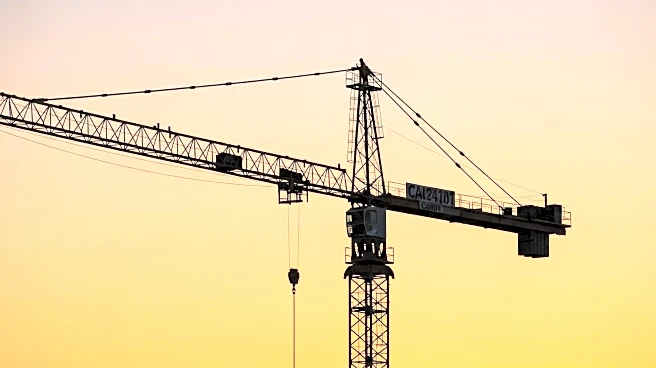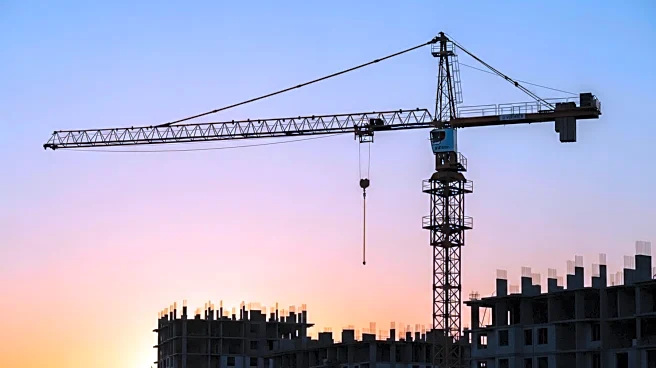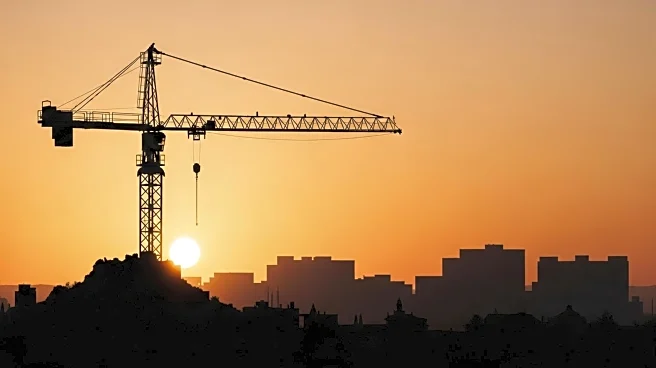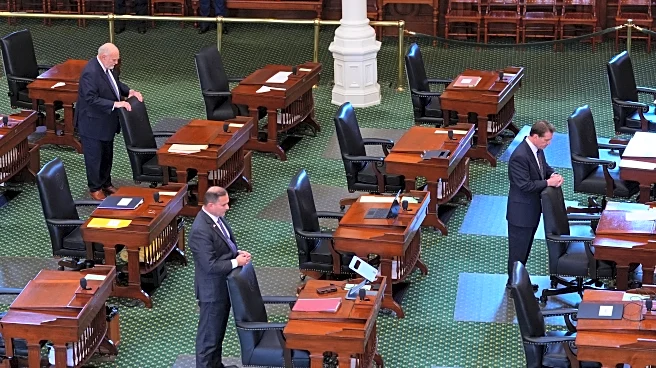What's Happening?
According to RealPage, a software and data analytics company, apartment construction in the U.S. has reached its lowest level in nearly a decade. At the end of the second quarter this year, just over 542,800 units were under construction, marking the lightest construction volume since the third quarter of 2015. This decline follows a peak of over 1.1 million units underway at the end of the first quarter of 2023, with building volumes decreasing each subsequent quarter. Austin, Texas, has seen the steepest decline, with construction activity halving compared to the previous year. Other cities such as Phoenix, Atlanta, Dallas, and New York have also experienced significant drops in construction activity, while Cincinnati, Richmond, and West Palm Beach have seen slight increases.
Why It's Important?
The reduction in apartment construction could have significant implications for the housing market, particularly in urban areas where demand for rental properties remains high. This decline may lead to increased rental prices and reduced availability, exacerbating the housing affordability crisis. The slowdown in construction activity could also impact the construction industry, affecting jobs and economic growth in regions heavily reliant on building projects. Additionally, the decrease in new housing supply may influence urban development and planning strategies, prompting cities to explore alternative solutions to meet housing demand.
What's Next?
The construction industry may need to adapt to changing market conditions, potentially shifting focus to renovation projects or exploring new technologies to reduce costs and increase efficiency. Policymakers and urban planners may consider strategies to incentivize construction and address housing shortages, such as zoning changes or tax incentives. The ongoing decline in construction activity may also lead to increased advocacy for affordable housing initiatives and support for renters facing rising costs.













